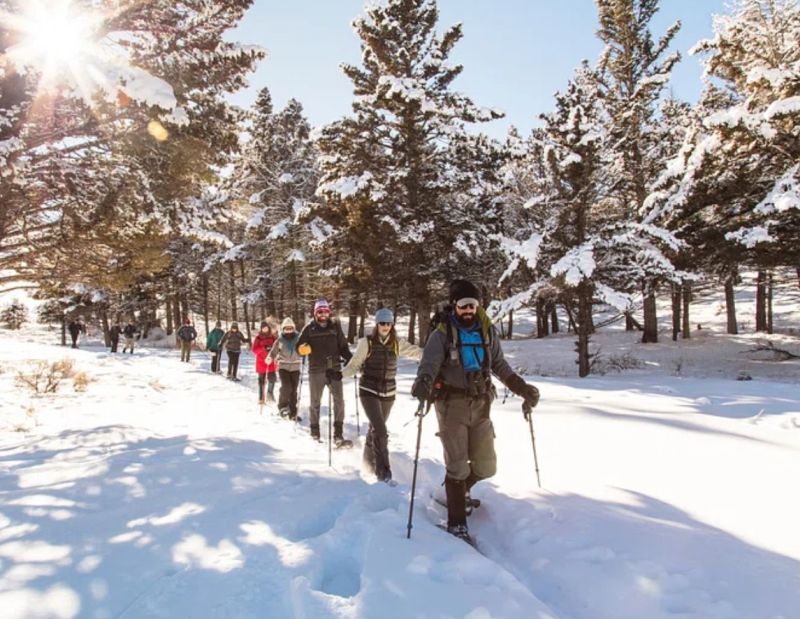The Hand of Punta del Este, or Mano de Punta del Este, is a sculpture of a hand partially formed with sand and located at Brava Beach in the famous resort town of Punta del Este, in Uruguay. Chilean artist Marion Irarrazabal made this sculpture and unveiled it during the summer of 1982, while he was attending the first annual International Meeting of Modern Sculpture in the Open Air in Punta del Este.
The sculpture has since become a symbol for Punta del Este and is one of Uruguay‘s most recognizable landmarks. Over the years the sculpture came to be called by different names such as Emergiendo a la Vida (Man Emerging into Life), Monumento los Dedos (Monument of the Fingers), and Monumento al Ahogado (Monument to the Drowned), although the creator prefers it to be called simply “the Hand”. Mario Irarrázabal was the youngest of the nine sculptors who were invited to attend the inaugural edition of the International Meeting of Modern Sculpture in the Open Air.
Therefore, during that summer, the seafront turned into a kind of outdoor workshop where artists from several countries gathered and initiated to give shape to what they had in mind. Mario Irarrázabal arrived with a scale model of the hand but he had to improvise the rest of the procedure while facing natural hindrances such as the sand and the wind. Unluckily, a conflict arose among the participating sculptors about the places assigned on a public square.
Though the others argued, Mario Irarrázabal quietly took his creation to the beach. He was very passionate about his work, and he just finished his work in just 6 days. Thus, the massive hand is made of concrete reinforced with steel bars, and metal mesh, and covered with a degradation-resistant material. His magnificent sculpture became an instant hit earning him worldwide praise. It’s the only sculpture from the exhibition, hosted over two decades ago, that come to an end to sit on the beach these days.
Moreover, the Hand of Punta del Este gives a fantastic opportunity to tourists who have been photographed by thousands of tourists and have appeared in countless postcards and magazines. Mario Irarrázabal later made similar exact replicas of the sculpture for the city of Madrid in 1987, in the Atacama Desert in Chile in 1992, and in Venice in 1995.
Read More – Strawberry Crater – Reddish Cone Resemble a Giant Strawberry












